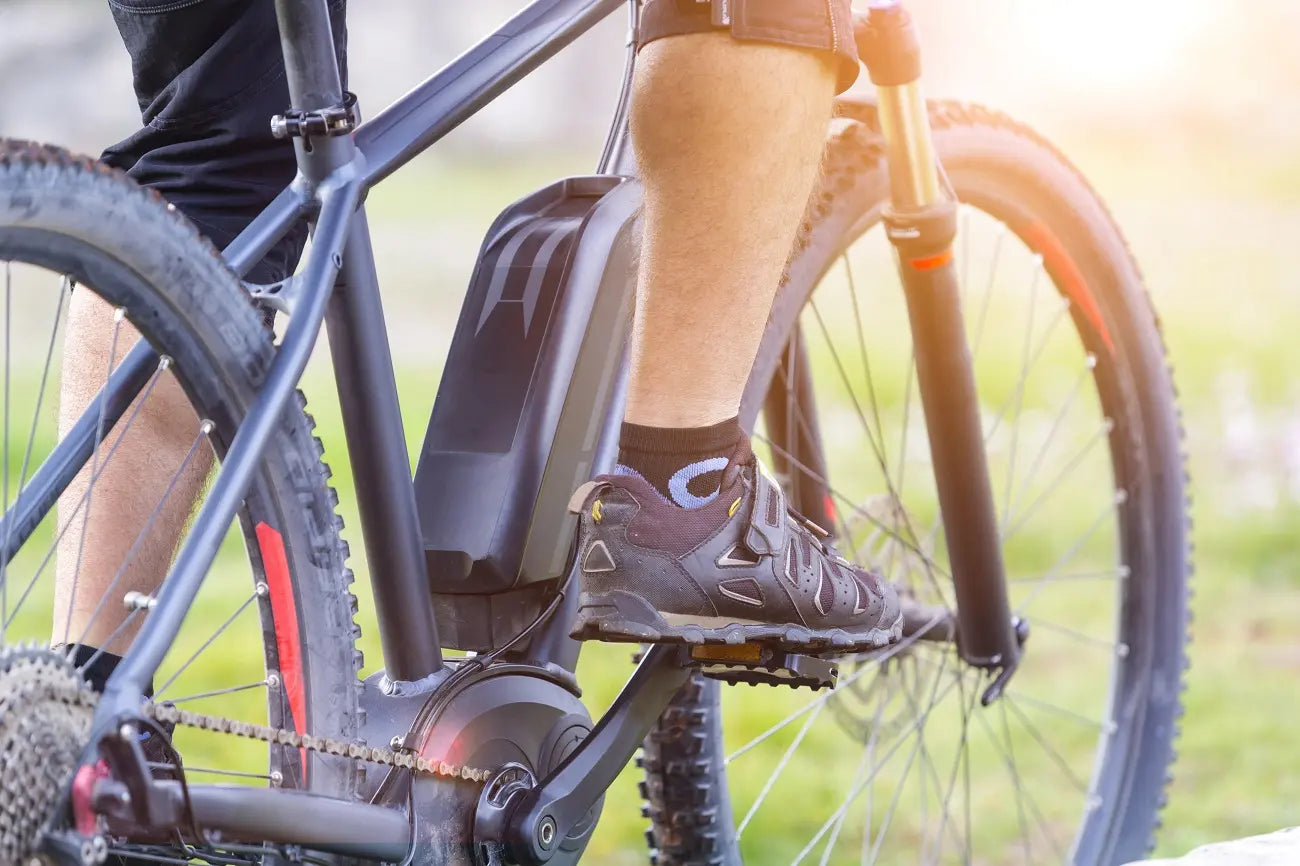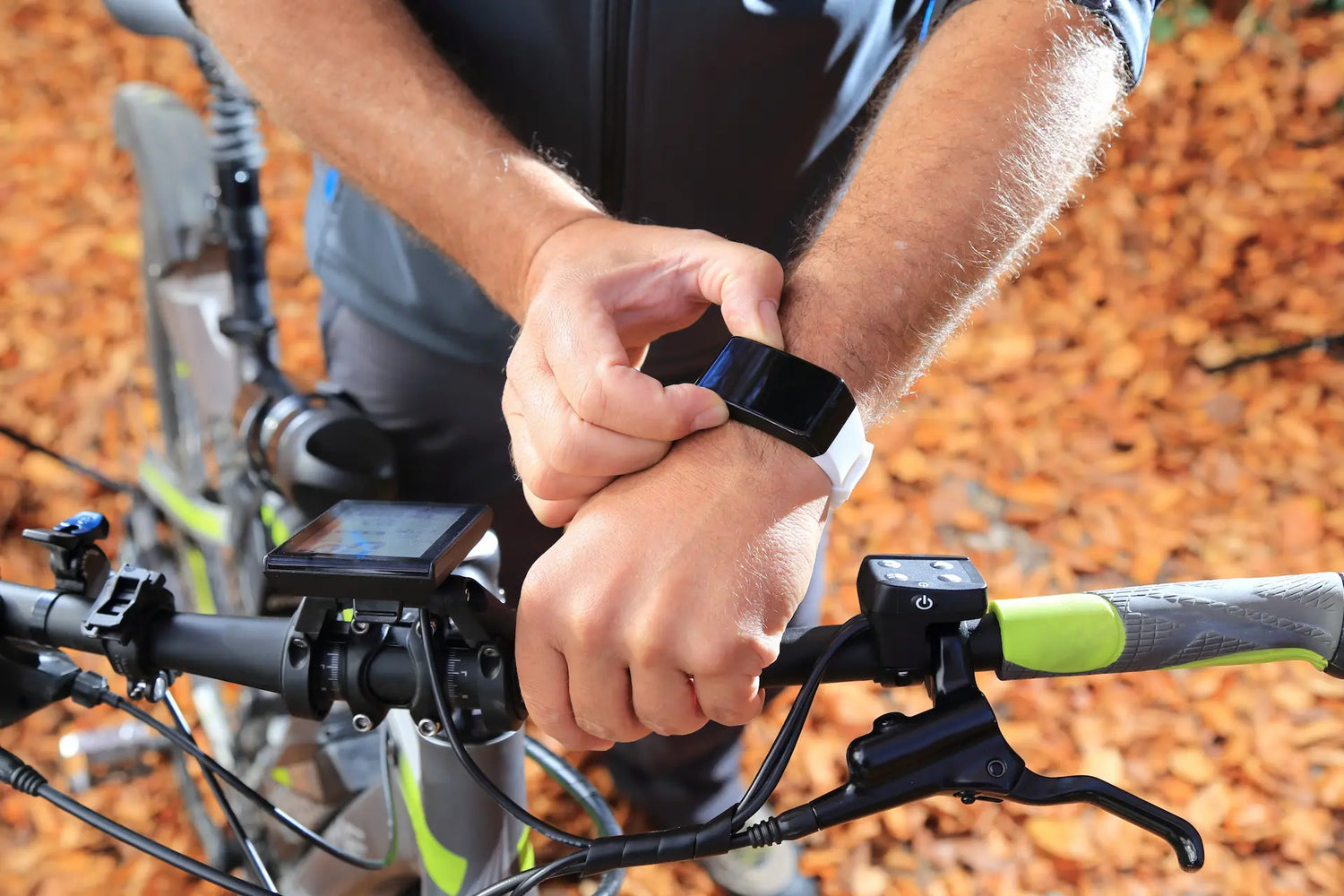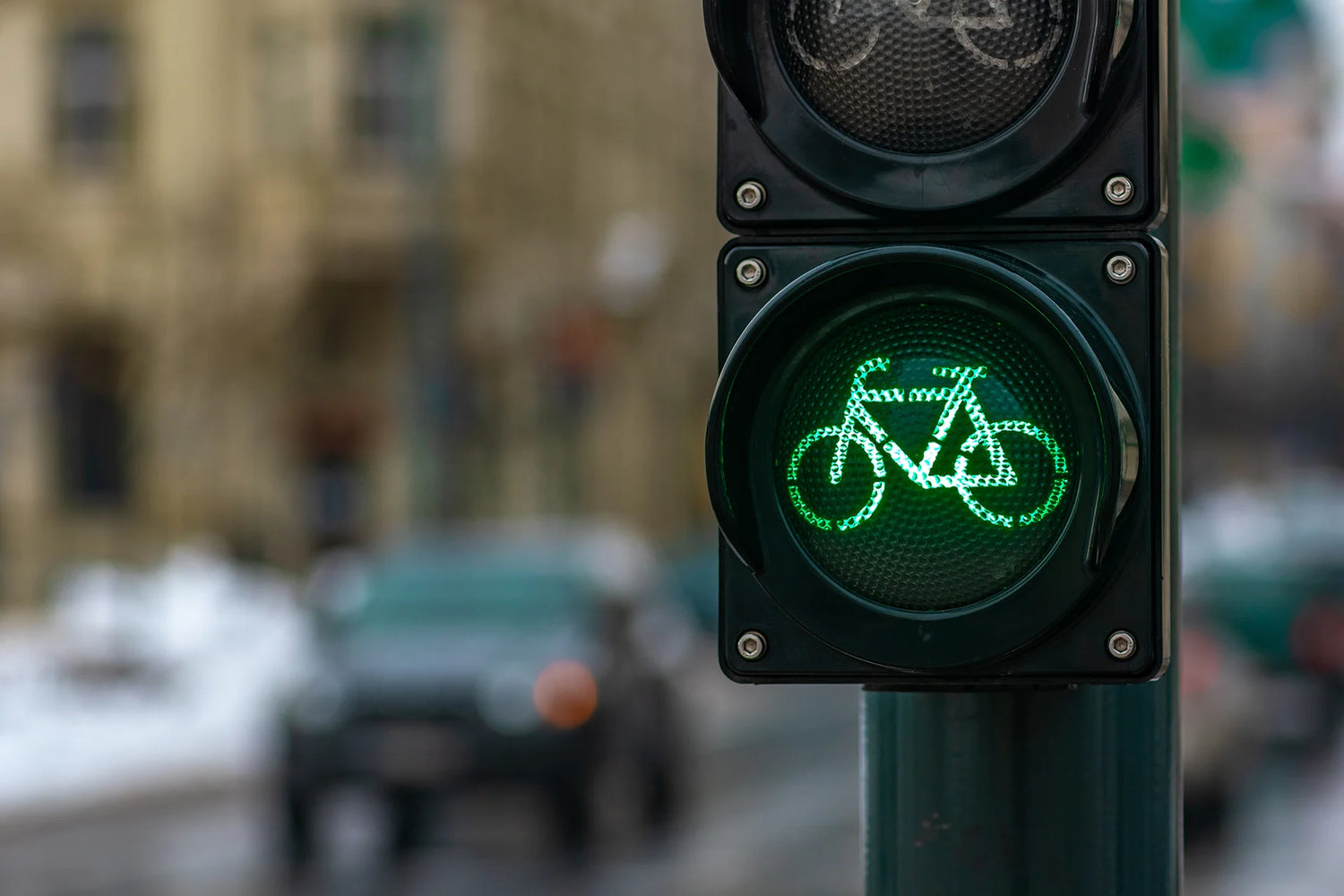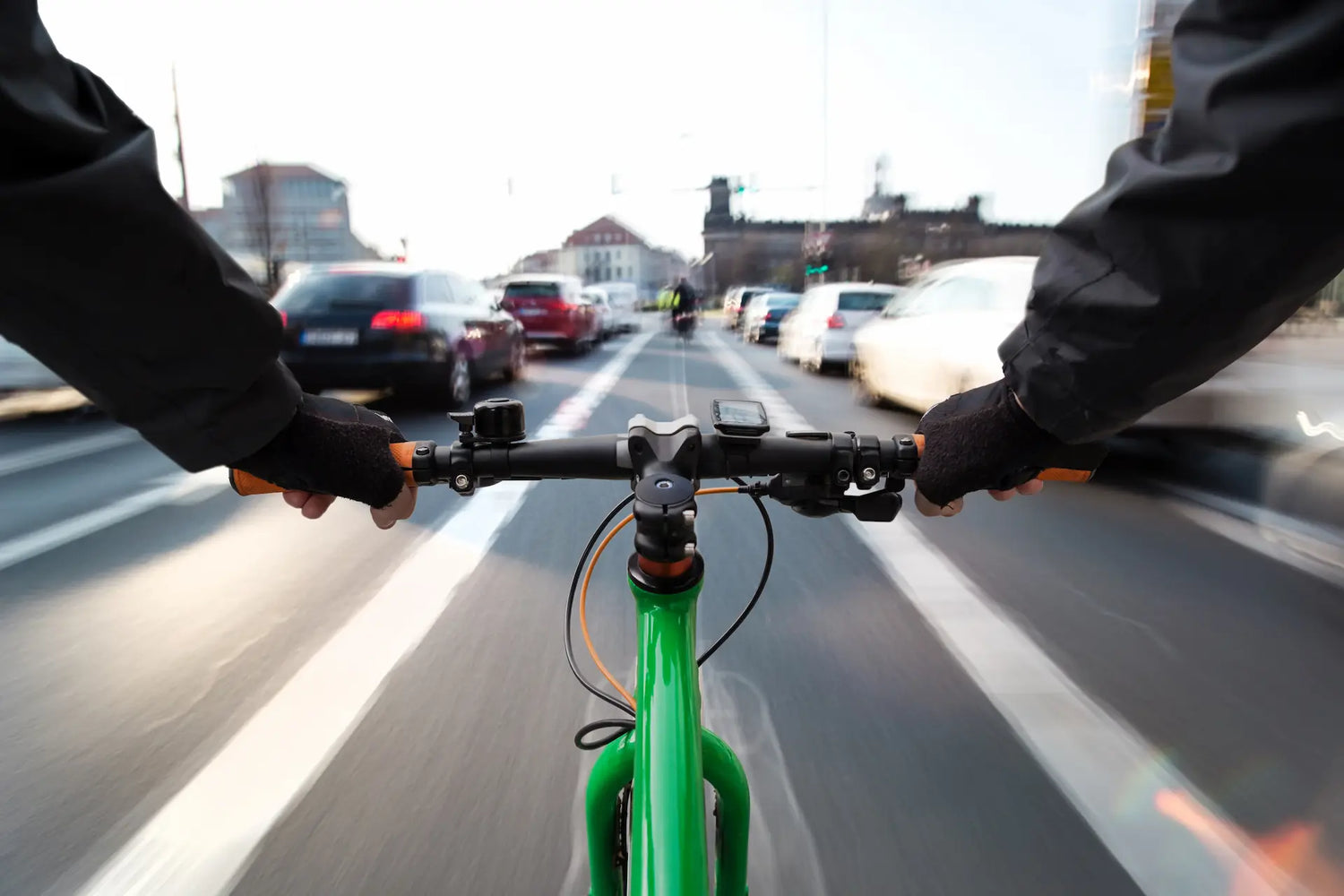
E-Bike Pedal Assist Explained: Is It Better Than Throttle Mode?
Updated: 09/24/23
As e-bikes continue to gain popularity for their efficiency and ease of use, pedal assist stands out as one of the most beneficial features. Pedal assist transforms the cycling experience by adding electric power to your pedaling, making rides smoother and more enjoyable. Let's dive deep and see if pedal assist is what you need for your next ride.
Electric Bike Classes Explained
- Class 1: These e-bikes have a pedal assist only, with no throttle, and have a maximum assisted speed of 20 mph.
- Class 2: Similar to Class 1, but also includes a throttle mode, allowing for power without pedaling up to 20 mph.
- Class 3: These electric bike models have pedal assist and can go up to 28 mph. They might also include a throttle mode, but throttle-assisted speed is usually capped at 20 mph. Class 3 e-bikes are also required to have a speedometer.
Understanding the Pedal Assist System: How Pedal Assist Works
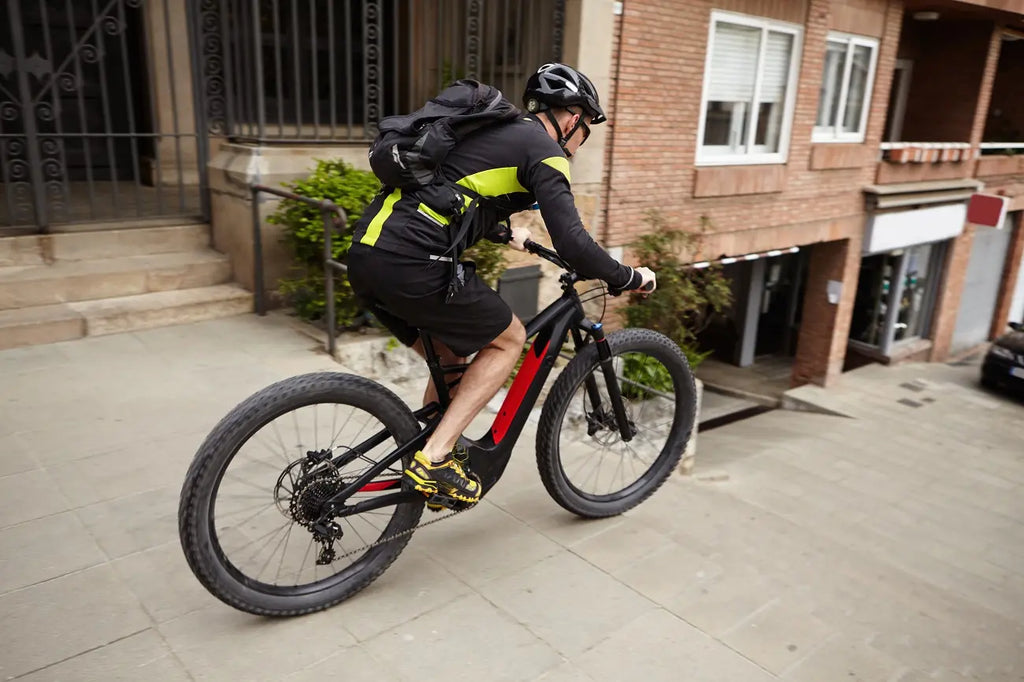
Pedal assist, also known as PAS, is a system in e-bikes that assists the rider's pedal effort. When you pedal, the system activates and provides additional power. This helps in covering longer distances and climbing hills with less effort. Here’s how it works:
- Sensors: There are two primary types of sensors used in pedal assist systems - torque sensors and cadence sensors. Torque sensors measure the force you’re applying to the pedals, while cadence sensors measure the pedaling speed.
- Motor: Based on data from the sensors, the e-bike’s motor provides the necessary power to assist your pedaling. This takes the strain off your muscles, especially during uphill rides or when carrying heavy loads.
- Control unit: The control unit allows you to adjust the level of assistance. Most e-bikes offer several levels, from low assistance to high power.
Types of Pedal Assist Sensors
When it comes to the mechanics behind pedal-assist e-bikes, sensors play a pivotal role. These sensors detect your pedaling and tell the motor how much help you need. There are mainly two types of sensors: torque sensors and cadence sensors. Each of these sensors functions differently and impacts the bike's performance and feel. Let's dive into how these sensors work and what sets them apart.
Torque Sensors: Precise and Responsive
Torque sensors are known for their sensitivity to the force you apply to the pedals. When you pedal harder, such as going uphill or wanting to accelerate, the torque pedal-assist sensor senses this pressure and tells the motor to provide more power. Conversely, when you ease up on pedaling, the motor reduces the assistance. This leads to a more intuitive and natural riding experience, as the e-bike's response is in tune with your effort. Torque sensors are typically found in mid to high-range e-bikes.
Pros:
- Smooth and natural riding experience.
- More efficient use of battery power.
- Ideal for varying terrains and conditions.
- Generally more expensive than cadence sensors.
- May require more maintenance.
Cadence Sensors: Consistent and Reliable
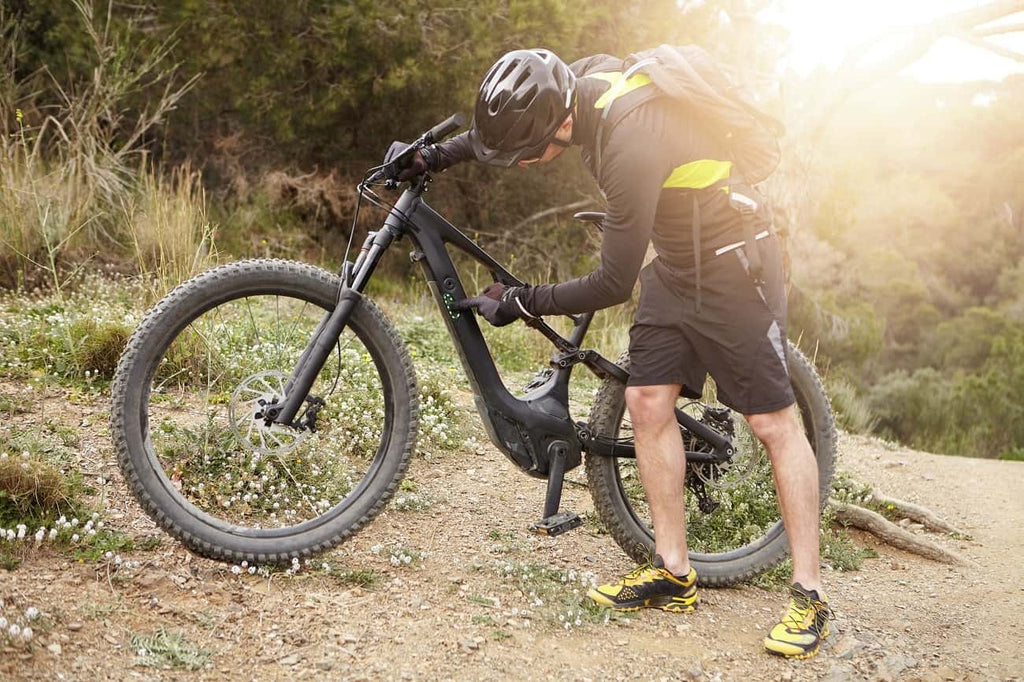
On the other hand, cadence sensors measure the pedaling rate, i.e., how fast or slow you are pedaling. They do not take into account the force you are applying. This means that even if you're lightly pedaling, the motor will provide a consistent level of assistance based on the selected power mode. Cadence sensors are more common in entry-level e-bikes.
Pros:
- More affordable than torque sensors.
- Easy to use, especially for beginners.
- Consistent power delivery.
- Less natural feeling compared to torque sensors.
- This may result in quicker battery drainage in certain conditions.
In conclusion, the choice between torque and cadence sensors depends on your preferences and the kind of riding experience you seek. If you value a natural, responsive ride and are willing to invest a bit more, an e-bike with a torque sensor could be the right choice. If you are looking for consistent power assistance and are on a budget, an e-bike with a cadence sensor might be more up your alley.
Pedal Assist vs. Throttle Mode Electric Bikes: Pros & Cons
While pedal assist requires you to pedal to activate the motor, throttle mode doesn’t need pedaling. With throttle, you control the motor via a handlebar grip, similar to a motorcycle or scooter.
Pros & Cons of Pedal Assist
Pros:
- Extended range: You can travel longer distances on a single charge as the system only assists when necessary. Easier Commutes: The added pedal power makes it easier to navigate through traffic, and tackle hills or headwinds.
- Encourages cycling: For those who might find cycling too strenuous, pedal assist makes it accessible and appealing.
- Environmentally friendly: E-bikes, in general, are a more sustainable mode of transport compared to cars, and pedal-assist bike ensures efficient use of energy.
Cons:
- Requires pedaling: This may not be ideal for those looking to avoid pedaling altogether.
- Potentially complex: Some riders find dealing with different levels of pedal assist to be complicated at first.
Pros & Cons of Throttle
Pros:
- Ease of use: Allows for easy riding without pedaling.
- Useful for quick starts: Great for pulling away from traffic lights without breaking a sweat.
Cons:
- Less battery efficient: The convenience comes at the expense of faster battery consumption.
- Less exercise: It doesn't offer as much physical activity.
Tips on Selecting Pedal Assist E-Bikes
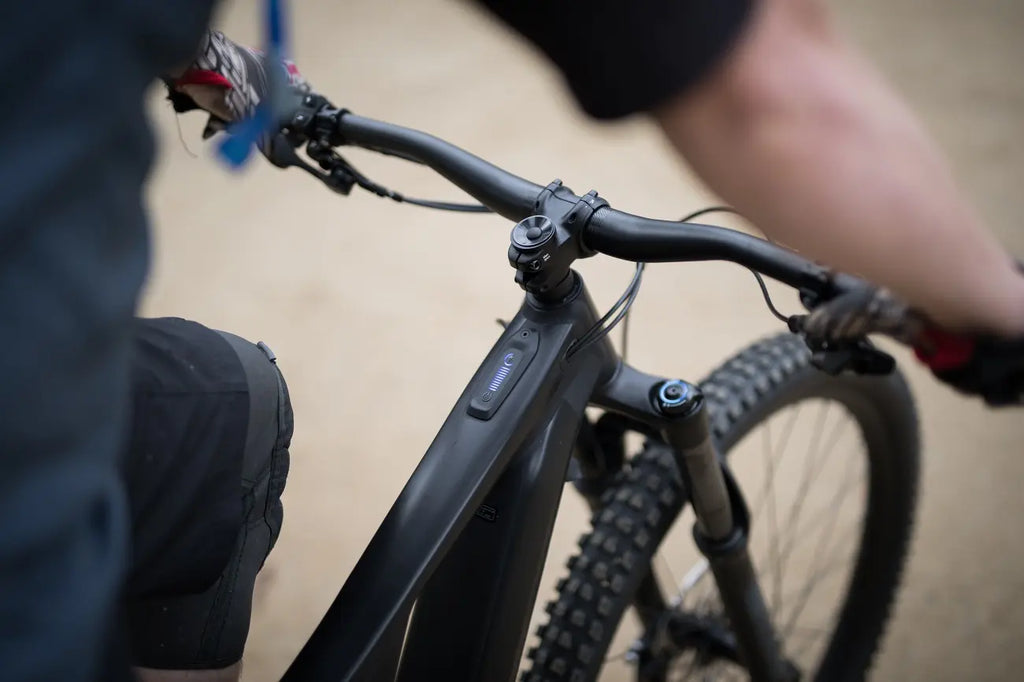
When selecting a pedal-assist electric bike, there's a smorgasbord of options to consider. Let’s break it down so you can make an informed choice:
- Analyze your riding style and needs: Are you a casual commuter, a mountain trail enthusiast, or something in between? Your riding style and the terrain you usually traverse will influence the kind of pedal-assist e-bike you should choose.
- Battery life and capacity: Choose an e-bike with a battery that suits the length of your rides. Longer commutes or adventures will need larger battery capacities to keep the pedal assist running.
- Motor position and power: Consider the motor’s placement (hub motor or mid-drive) and its power. A mid-drive motor is excellent for tricky terrains, while hub motors might suffice for city commutes.
- Level of assistance: Check how many levels of pedal assistance the e-bike offers. More levels allow for finer control over how much power the motor provides.
- Weight of the e-bike: E-bikes can be heavy. Ensure you're comfortable with the weight of the e-bike, especially if you need to carry it upstairs or load it into a vehicle.
- Frame size and geometry: Make sure the e-bike frame size is appropriate for your height and that its geometry suits your riding style.
- Test ride: There’s no substitute for trying before buying. Take the e-bike for a spin to see how its pedal assist feels. Pay attention to the ease of switching between assistance levels.
- Budget: Set a realistic budget, keeping in mind that investing in quality upfront can save maintenance costs and hassles down the line.
- Brand reputation and warranty: Research the brands, read user reviews, and make sure that the e-bike comes with a decent warranty.
- Availability of spare parts: Ensure that the e-bike you choose has readily available spare parts, in case you need to replace the battery, motor, or other components in the future.
Remember, the ideal pedal assist e-bike should marry functionality with comfort. Take your time to weigh your options and don’t hesitate to ask the vendor questions. Your future self, breezing through headwinds and up hills, will thank you.
Made Up Your Mind? Shop Now at Rydy Bikes!
If the world of pedal-assist e-bikes has pulled you in, then it’s time to get started and look for your very own e-bike. You’re now armed with the knowledge to make an informed decision, so ditch the second-guessing and head over to Rydy Bikes, where your future e-bike, and your next adventure, await you. Whether you’re on the hunt for a city commuter or an off-road beast, Rydy Bikes offers a selection to suit your freshly-honed tastes.
So, saddle up and let the wind run through your hair. Adventure, freedom, and a happier you are in the e-bike lane! Contact us today.
Shop For E-Bikes & Accessories
SHOP NOW
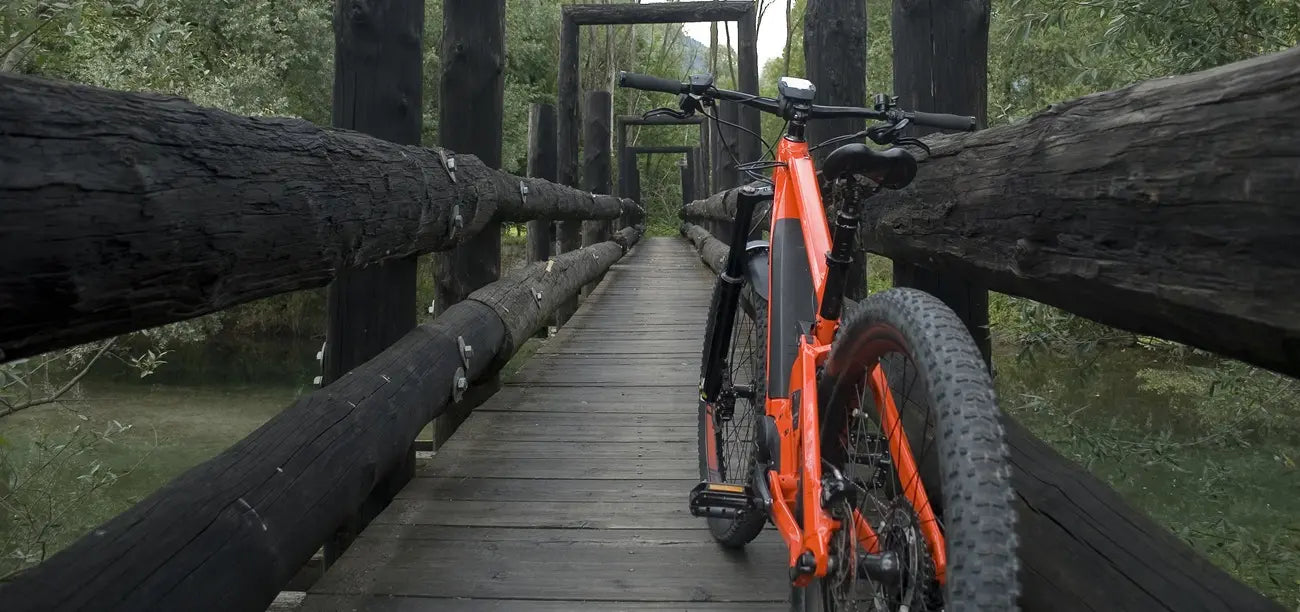
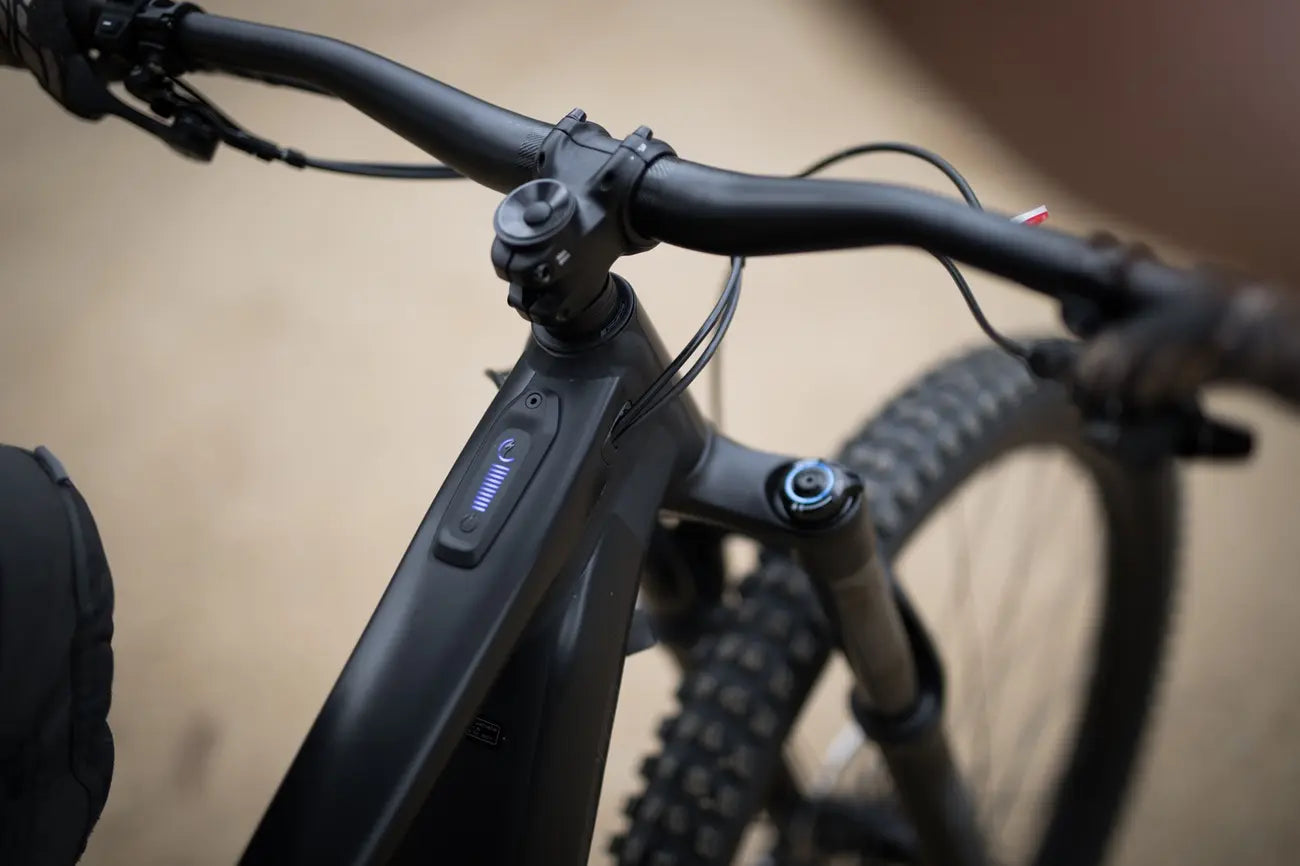
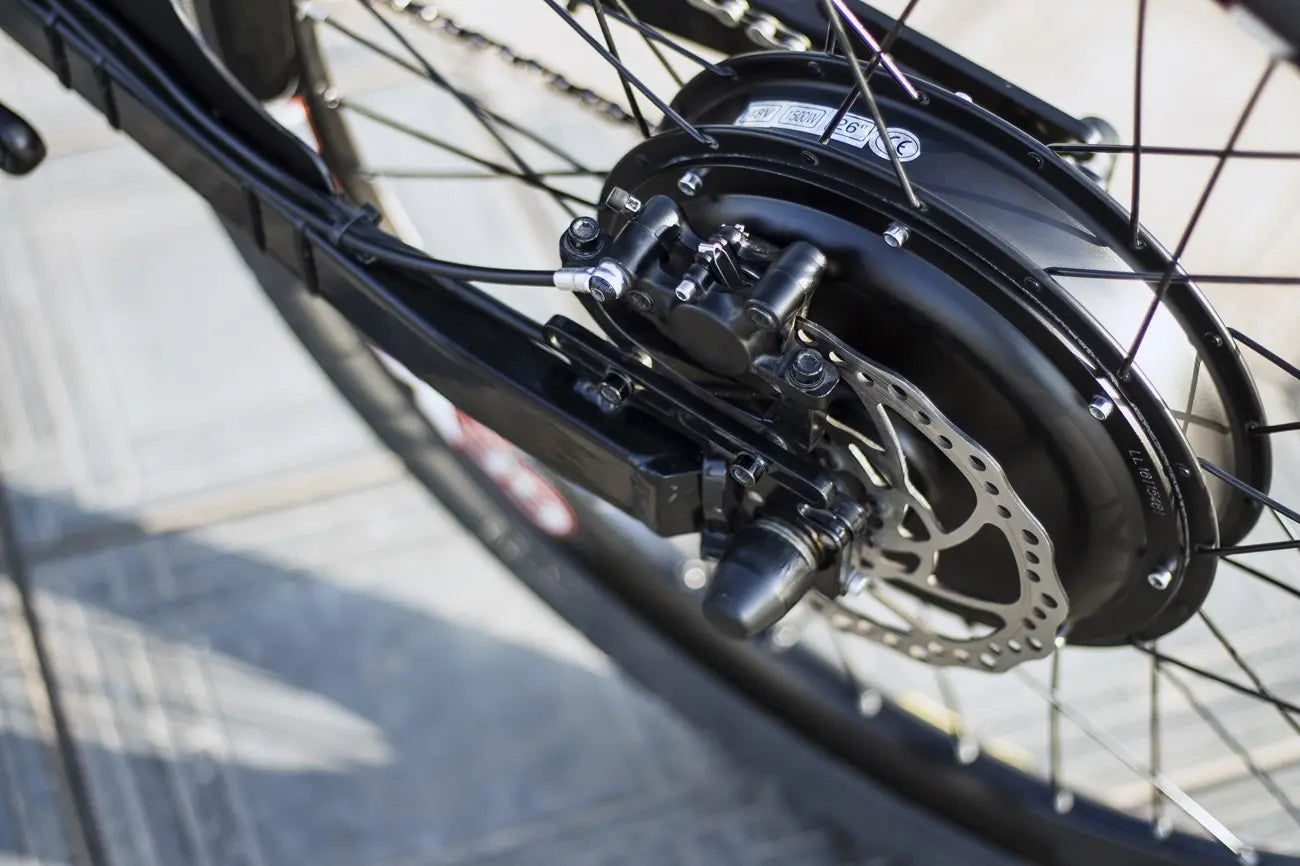
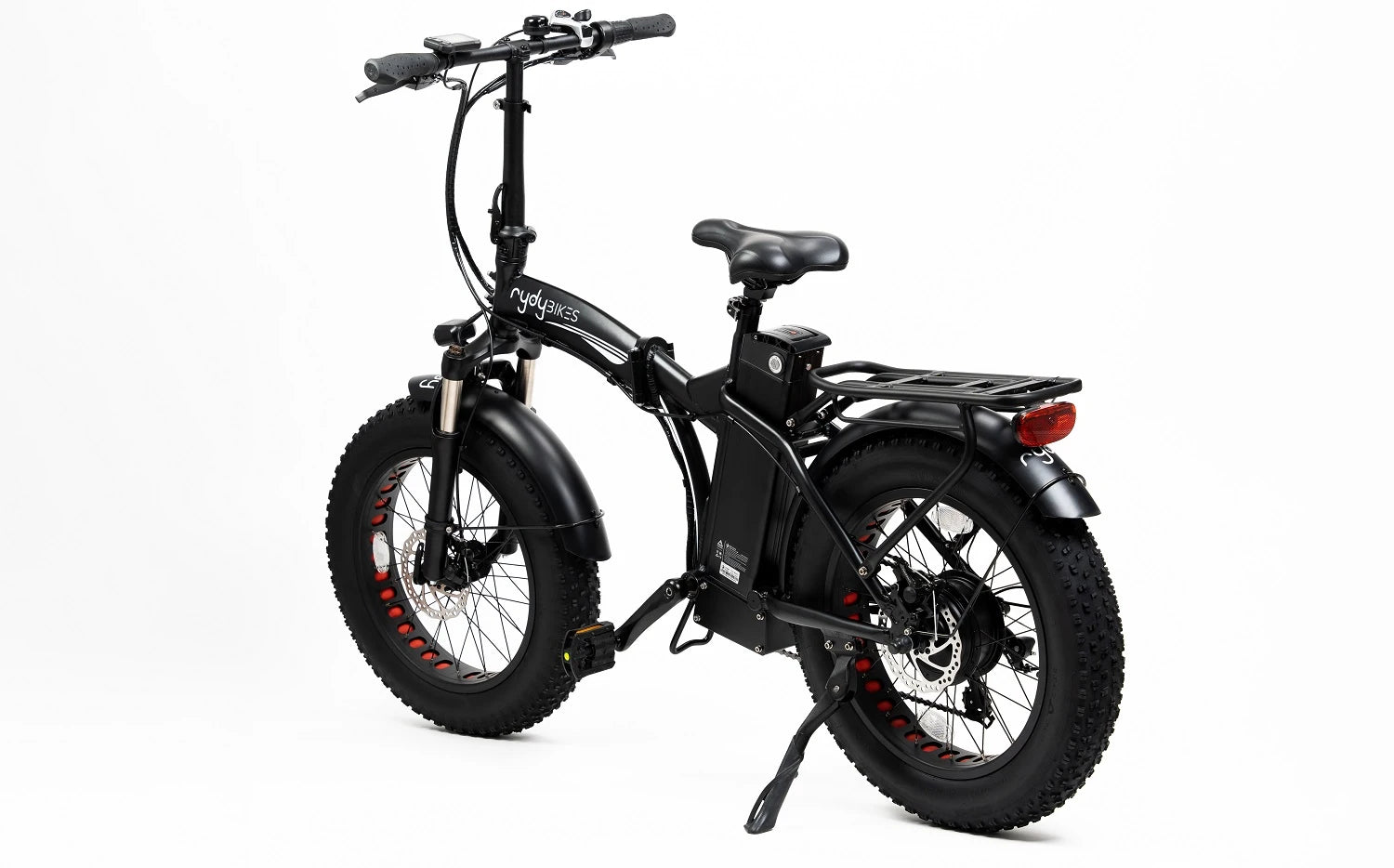

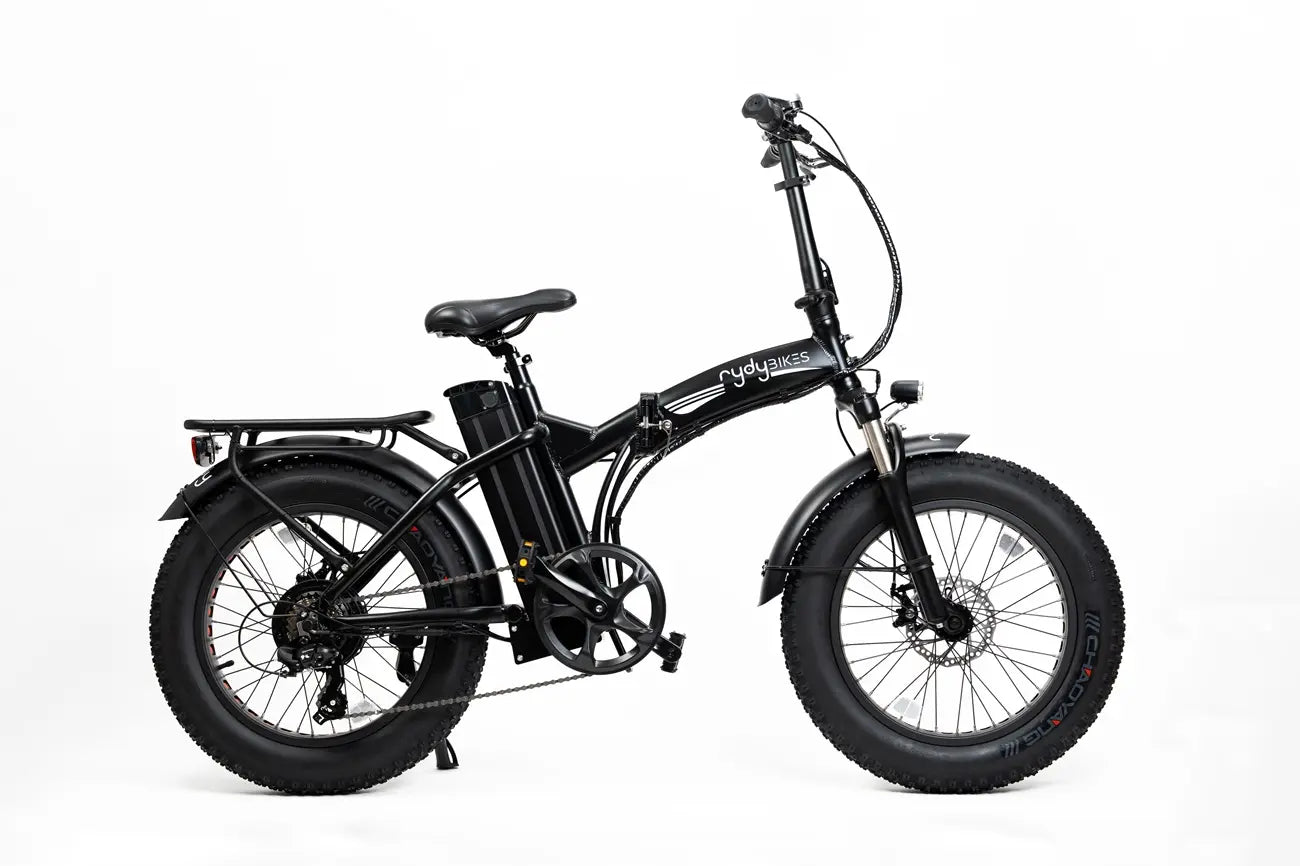

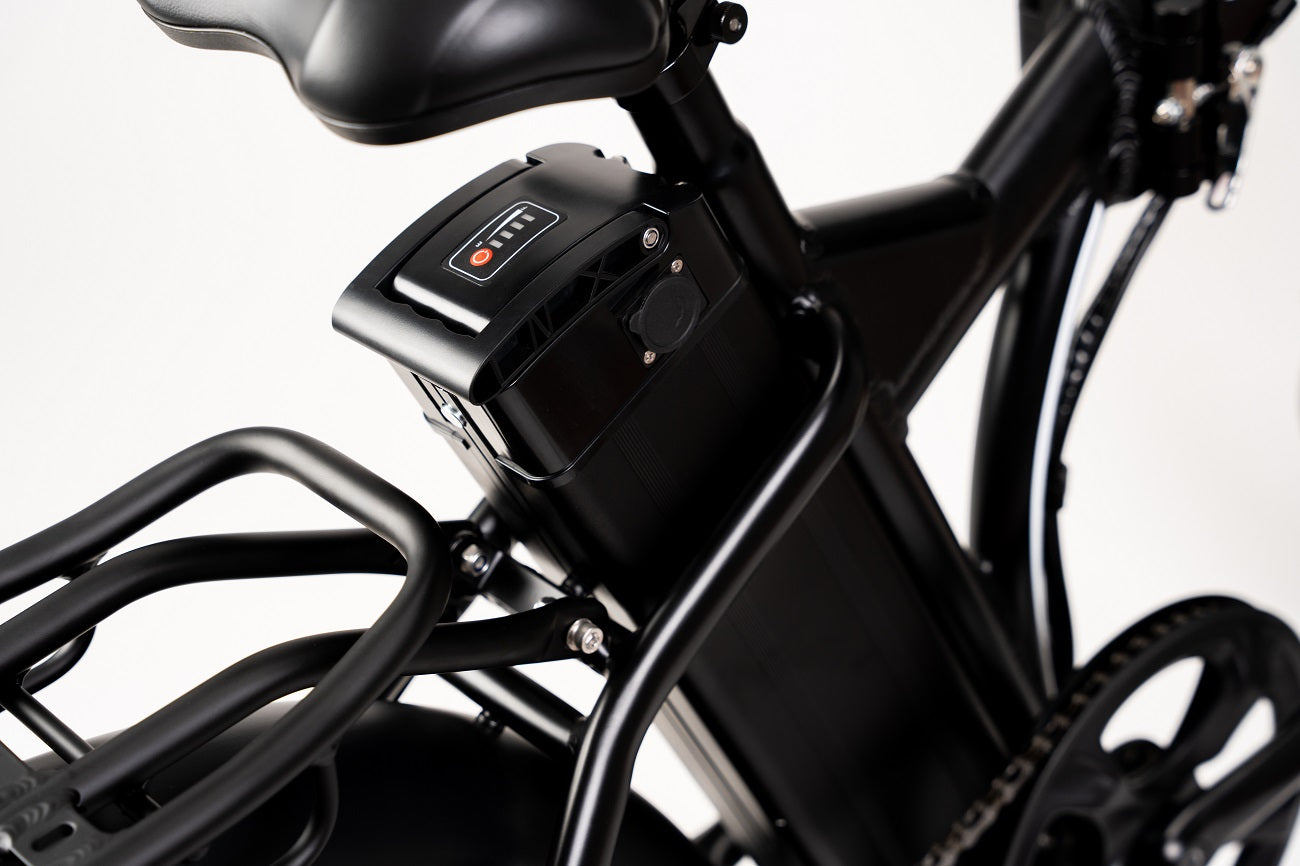


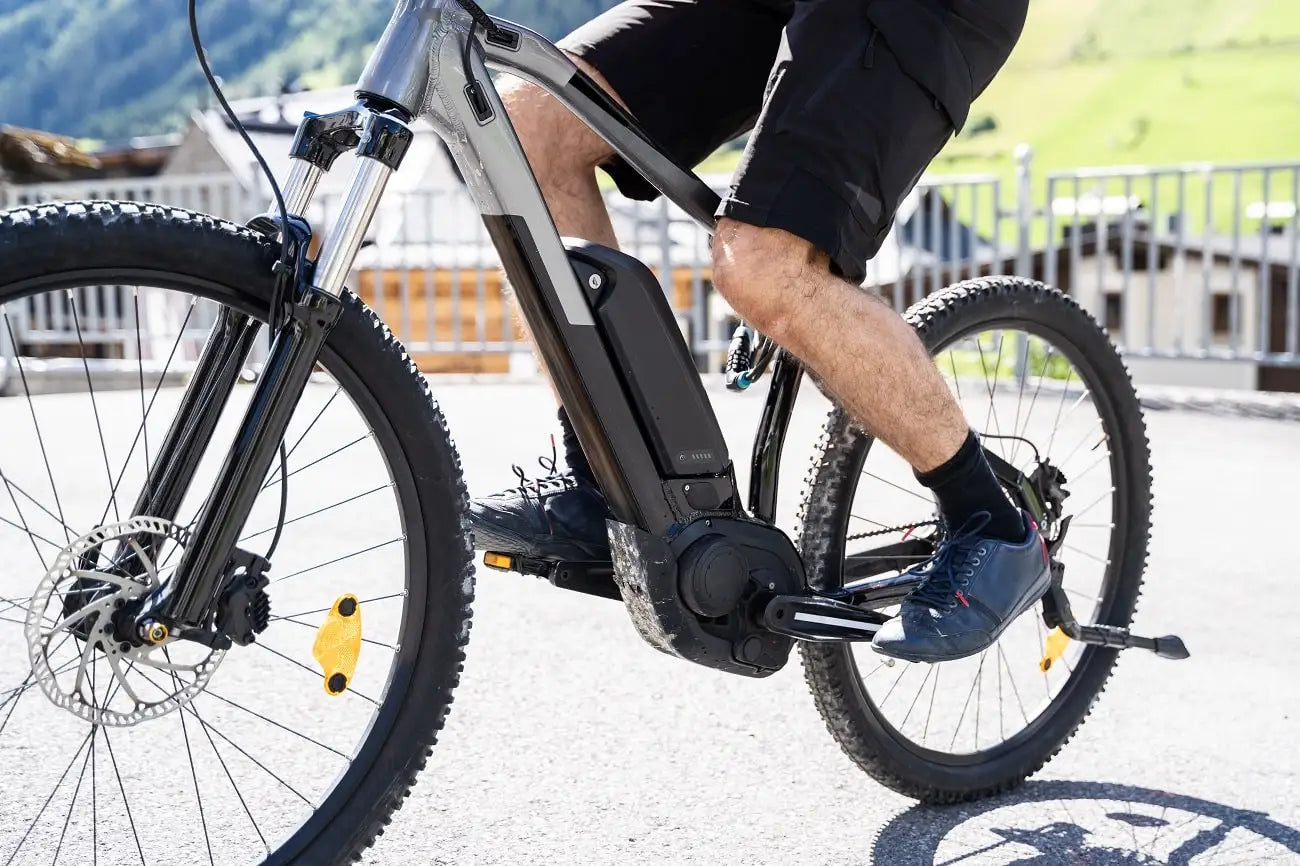
![E-Bike Tax Credit Bill: All You Need to Know About Electric Bicycle Incentive Kickstart Act [2023]](http://rydybikes.com/cdn/shop/articles/e-bike-tax-credit-bill-all-you-need-to-know-about-electric-bicycle-incentive-kickstart-act-2023.webp?v=1695716182&width=1500)
